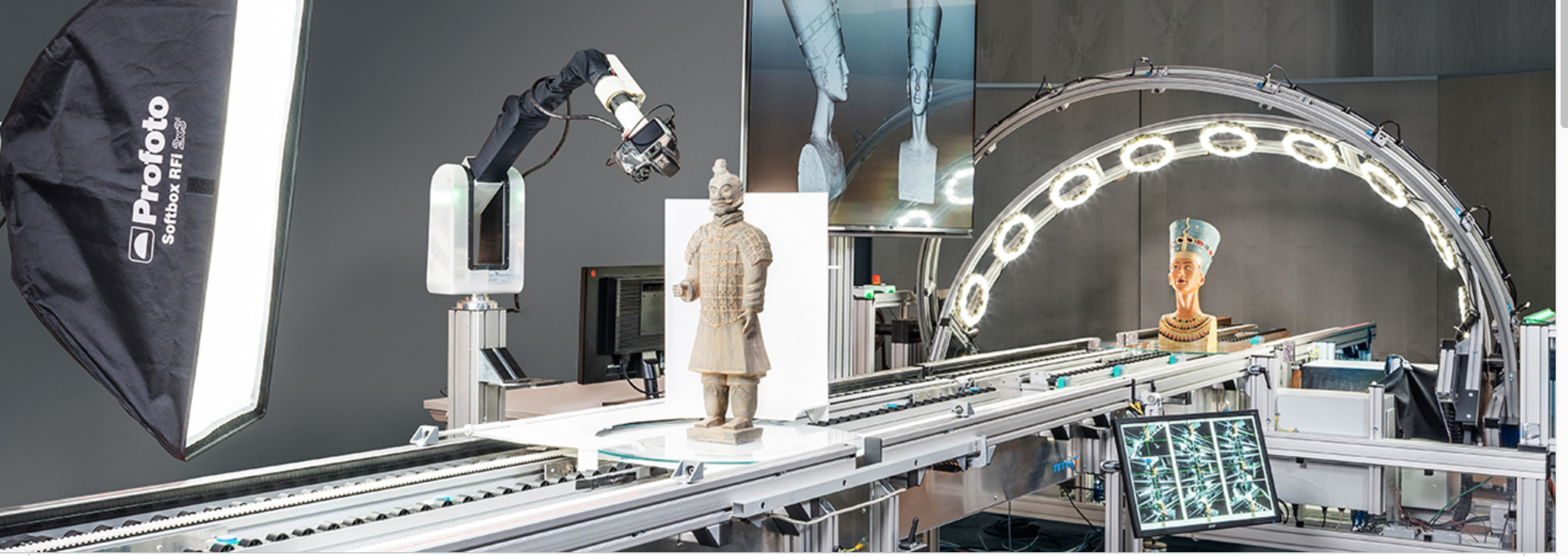The Arts+ Future of Culture Festival: Highlights & Reflections
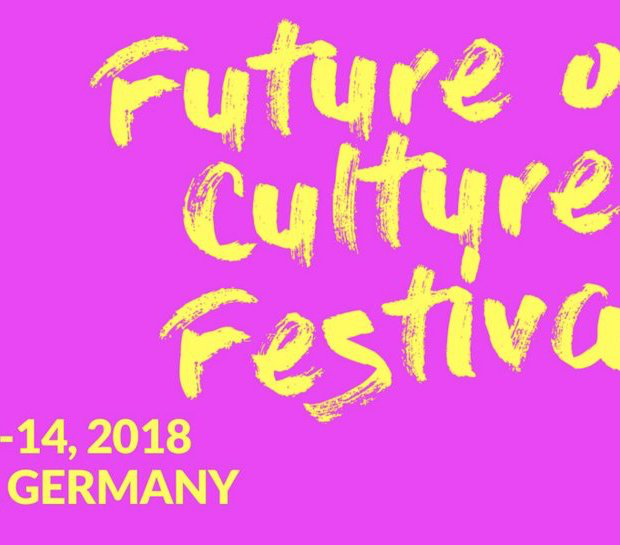
The Frankfurt Book Fair is commonly referred to as the biggest book fair in the world. While I don't know if that's actually true, I can confirm it is BIG. Clearly the publishing industry is trying to spread its wings and explore the interconnections between literature, other forms of culture and creativity and digital technology. To that end, the Fair hosted The Arts+ Future of Culture Festival which is dedicated exploring and supporting the future of the creative and cultural industries. The Arts+ asks questions such as: "How is our living environment and communication changing as history is being written increasingly in data and pixels – that is, not just by people, but by creative artificial intelligence?" and "How is our understanding of culture and creativity, of human beings themselves as well as their legacy changing? What will be our (intellectual) legacy to the generations to come? Who will cultivate and curate it – and how?"
With these issues in mind, The Arts+ aims to actively shape a new creative and cultural sector ecosystem by bringing together key players from these sectors as well as from economics and politics. The Arts+ states "[W]e want to define the framework and create a new order. We reveal what’s possible – while also allowing room for a discussion about what’s necessary."
The Manifesto: More than the Sum of our Parts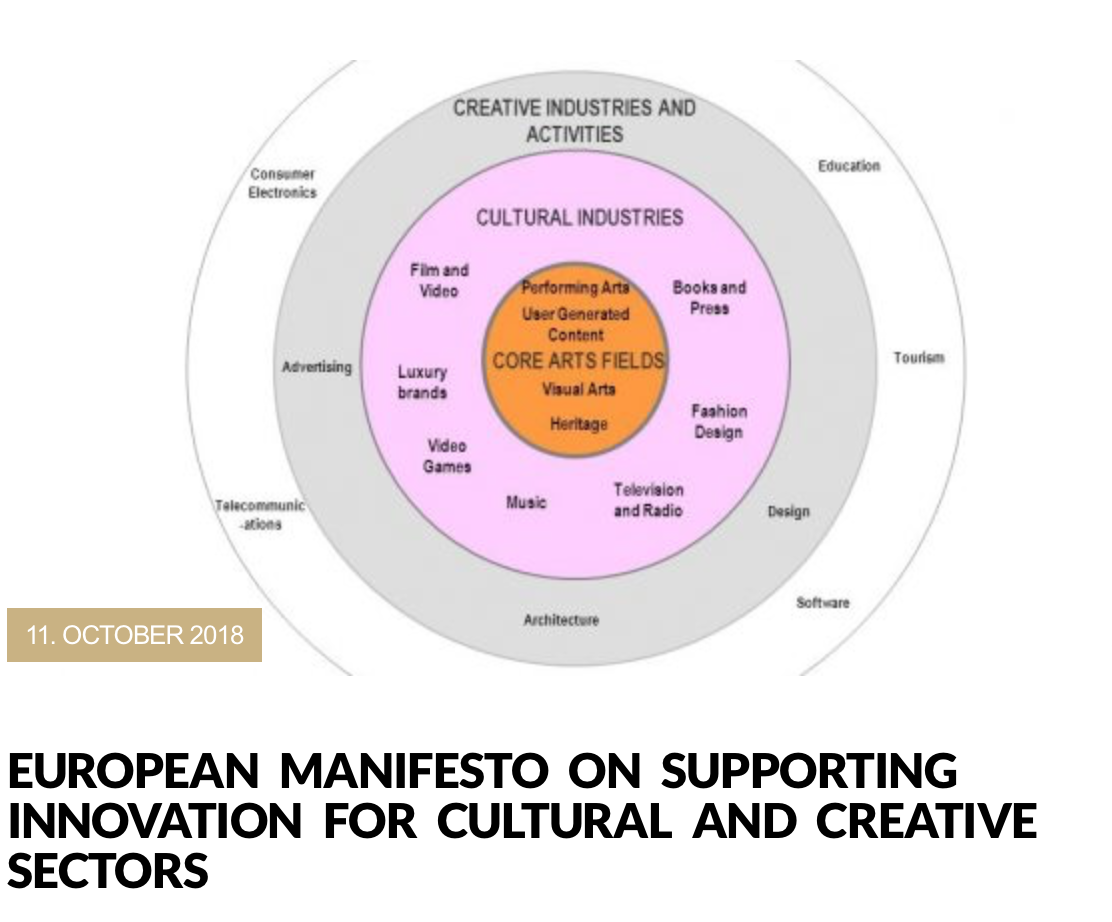
In order to drive forwards its mission, The Arts+ published the European Manifesto on Supporting Innovation for the Cultural and Creative Sectors as part of the Festival. In short, its urges the cultural and creative industries to work together to: (1) lobby for more funding to build the infrastructure and capacity needed for innovation (moving away from project-based funding); (2) pursue new integrated business models and ways of working; (3) re-think the skills, knowledge and expertise needed to promote innovation; and (4) develop methods for measuring and articulating the value of ‘soft’ innovation that is prevalent in these sectors.
The Manifesto was introduced with a keynote address by Christian Ehler, Member of the Euopean Parliament’s Industry, Research and Energy Committee. Ehler emphasised the critical role that the creative and cultural industries play in the process of innovation, as the basis of any innovation is an idea born out of creative thinking. He argued that the creative and cultural sectors should therefore unite to have a stronger voice to advocate for support needed. The Manifesto is backed by a number of partners including the European Creative Business Network, Fitzcarraldo Foundation, Network of European Museum Organisations (NEMO0 and World Association of Newspapers and News Publishers. I was happy to see the DCMS Culture is Digital policy report cited in the Manifesto appendix.
Innovation Summit: Heritage vs Publishing
I was pleased to speak at The Arts+ Innovation Summit I : Cultural Heritage which was part of the Future of Culture Festival. The focus of this Summit was the interplay between the publishing industry and heritage sector in the context of technological change. Despite the publishing industry being largely commercially funded and the museums and heritage sector being largely publicly funded, I was amazed by the parallels between the two fields with regard to technological innovation. Representatives from the publishing industry reported a general conservatism in thinking that impedes digital innovation, despite shrinking margins propelled by tech giants like Amazon. They also reported a lack of in-house skills and expertise around technology and an inability to pay the salary levels necessary to attract tech professionals. Fellow museum colleagues reported similar challenges.
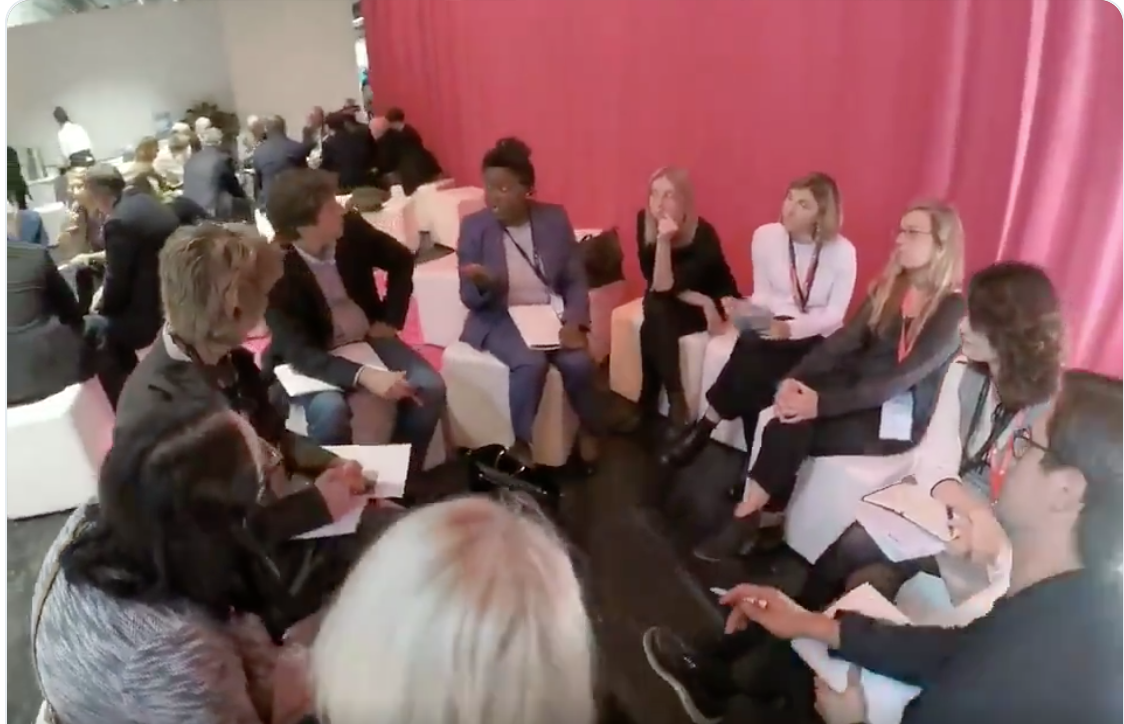
What was clear, however, is that both sectors play a critical, yet undervalued editorial role in a digital world inundated with unfiltered and unreliable information. Representatives from the publishing world pointed out that a 'click bait' advertising-driven revenue model for journalism fosters the proliferation of fake news. Digital technologies also make it difficult to develop new and diverse voices in publishing, as independent publishers disappear. On the flip side, museums are still seem as trusted sources of information, but struggle to find ways to translate museum-based work into new types of digital experiences.
We only had 30 minutes for small group discussions during the Summit, which left little time to develop solutions. However, it was worthwhile exploring the strengths and weakness of these sectors in the context of technological innovation. We might be able to help each other. For example, rights management is a huge impediment to museums in the development of digital outputs. This is a key competency in the publishing industry and I wonder if there are processes or ways of working that could be adapted for a museum context.
Cultural Trailblazers Session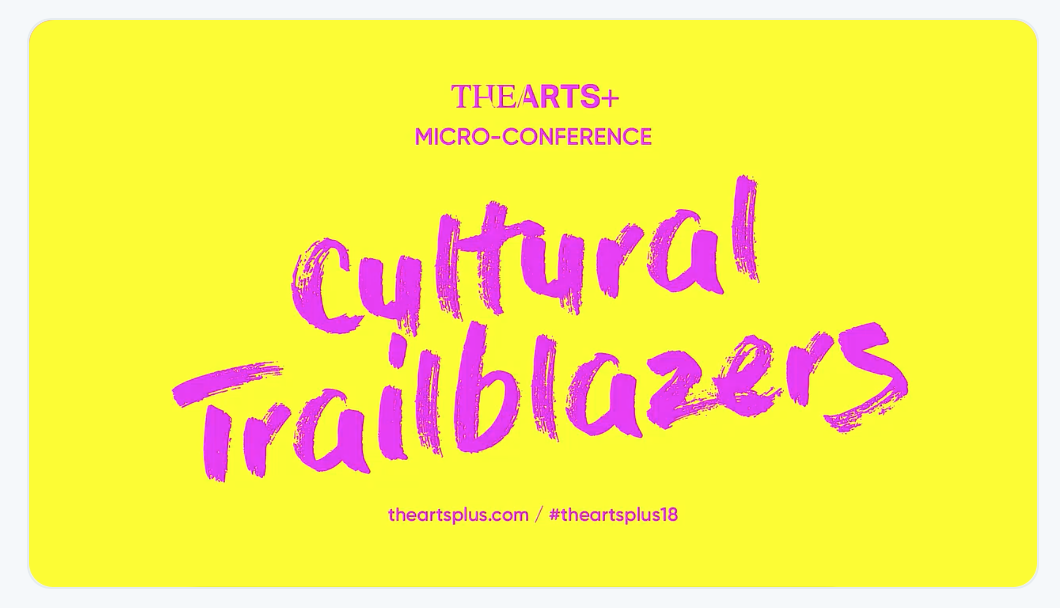 I was lucky enough to sit on the Cultural Trailblazers panel which was tasked with responding to four fantastic presentations from digital leaders pushing boundaries in the cultural sector. For anyone looking at the possibilities of AI in a museum context, check out the work of Museyoum (website only in Italian). I was also pleased to see how 3D digitisation technology had advanced. A researcher from the Fraunhofer presented a new mobile 3D digitisation 'assembly line' that significantly reduces the manual labour involved in imaging a museum object.
I was lucky enough to sit on the Cultural Trailblazers panel which was tasked with responding to four fantastic presentations from digital leaders pushing boundaries in the cultural sector. For anyone looking at the possibilities of AI in a museum context, check out the work of Museyoum (website only in Italian). I was also pleased to see how 3D digitisation technology had advanced. A researcher from the Fraunhofer presented a new mobile 3D digitisation 'assembly line' that significantly reduces the manual labour involved in imaging a museum object.